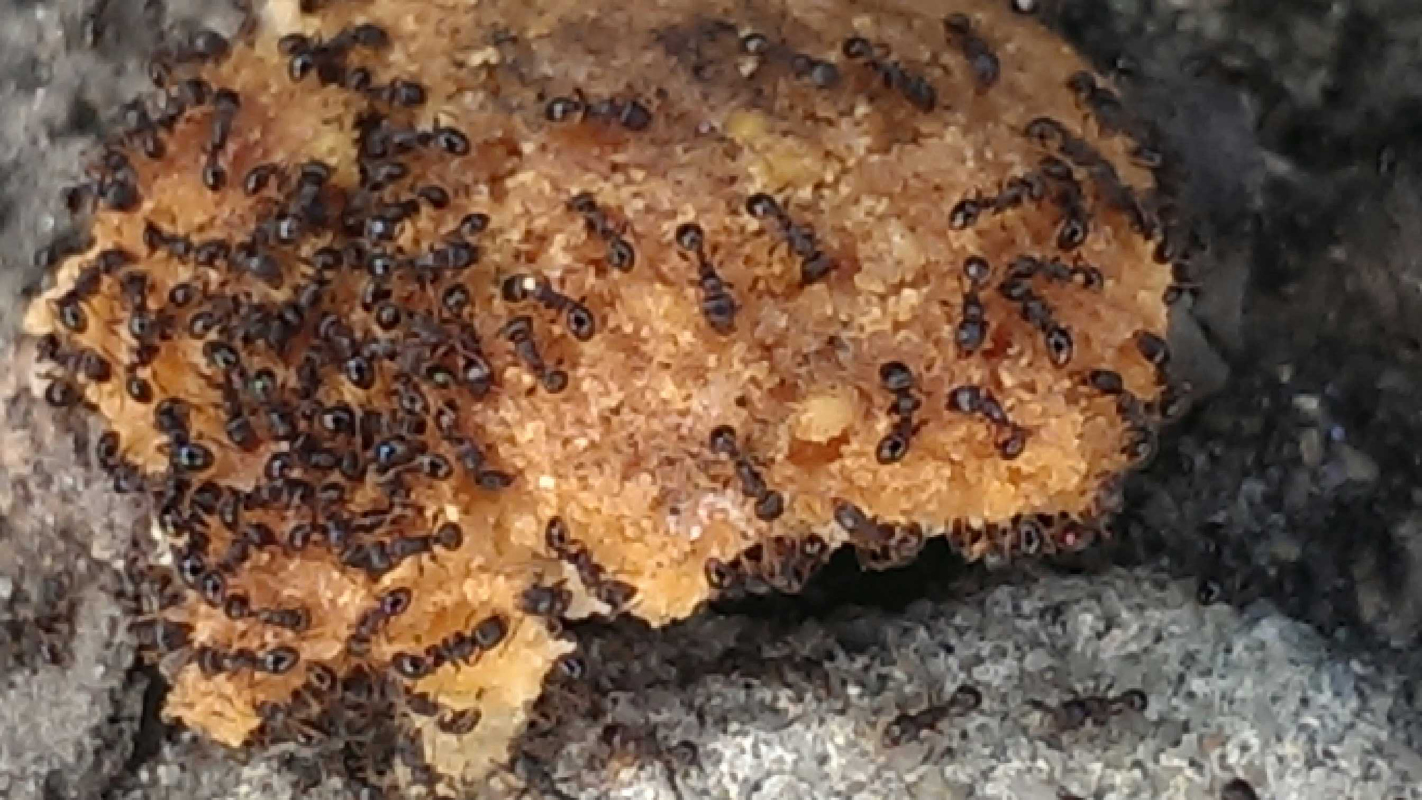Inhabit(ants) of New York City: High Diversity Underfoot in Urban Environments

For Immediate Release
Cities have more species diversity than you’d expect. A study of ants in Manhattan found not only a wide range of species, but also significant differences in the levels of biodiversity in different urban areas.
“People don’t think of cities as having ecology, and urban environments haven’t been well studied,” says Dr. Amy Savage, a postdoctoral biological sciences researcher at North Carolina State University and lead author of a paper on the work. “But protected areas, such as national parks, have been well studied. So we wanted to see if the theories developed to predict biodiversity in protected areas could also predict species diversity in urban environments.”

To explore this issue, the researchers decided to focus on ants, partly because ants are ecologically important, but also because the ant species found in a given area can tell you a lot about its environment.
The researchers collected ant samples at approximately 50 sites in Manhattan, including street medians, urban forests and recreational areas in city parks. They examined each site thoroughly, turning over rocks and sifting through leaf litter.
The biggest surprise to the researchers was that the type of urban habitat was more important in determining ant diversity than the proximity between habitats. Sites in urban forests that were far apart had more similar species than an urban forest site and a recreational area site that were right next to each other.
“We were also surprised at the number of exotic (or non-native) species that we found,” Savage says. “We thought there would be more exotic species in high-stress environments, like street medians. But we found that medians didn’t have any more exotic species than urban forests.”

In fact, the researchers found that the city had much more diversity than they expected.
“It’s amazing how much diversity we found,” Savage says. “We found 42 different species across all the sites.”
Researchers also found that the existing diversity theories from protected areas were fairly accurate at predicting the levels of diversity in urban spaces.
“Existing theories argue that chronic stresses would adversely impact species diversity, and that’s what we found,” Savage says. High-stress areas had much less diversity than lower stress areas.
For example, the researchers found only 21 different species on high-stress street medians, but 32 different species in the less stressful urban forests.
“This tells us that urban ecosystems are complex and deserve future study – which could not only inform our understanding of urban ecology, but also our understanding of ecology as a whole,” Savage says. “The good news is that it also tells us that existing biodiversity theories can help to guide that future work.”
The paper, “Fine-scale heterogeneity across Manhattan’s urban habitat mosaic is associated with variation in ant composition and richness,” is published online in the journal Insect Conservation and Diversity. The paper was co-authored by former NC State undergraduate Britné Hackett; Dr. Elsa Youngsteadt, a postdoctoral researcher at NC State; Dr. Rob Dunn, an associate professor of biological sciences at NC State; and Dr. Benoit Guénard of the Okinawa Institute of Science and Technology Graduate University.
This research was supported by the National Science Foundation under Career Grant number 0953390.
-shipman-
Note to Editors: The study abstract follows.
“Fine-scale heterogeneity across Manhattan’s urban habitat mosaic is associated with variation in ant composition and richness”
Authors: Amy M. Savage, Britné Hackett, Elsa K. Youngsteadt, and Robert R. Dunn, North Carolina State University; Benoit Guénard, Okinawa Institute of Science and Technology Graduate University
Published: online Nov. 4, 2014, Insect Conservation and Diversity
DOI: 10.1111/icad.12098
Abstract:
1. Global urbanisation is rapidly expanding and most of the world’s humans now live in cities. Most ecological studies have, however, focused on protected areas.
2. To address this issue, we tested predictions from studies of protected areas in urban ecosystems.
3. Because most cities are heterogeneous habitat mosaics which include habitats with varying levels of chronic environmental stress, we focused on predictions from studies of less modified ecosystems about community-wide responses to variation in chronic stress.
4. We sampled ants across Manhattan’s urban habitat mosaic, at sites with varying levels of chronic environmental stress.
5. Many predictions derived from less modified ecosystems were supported by our findings: despite being the most intensively sampled habitat, high stress urban medians had less variability in ant composition –both within and among sites – than either urban parks or urban forests, the lowest stress habitat – urban forests-had significantly more accumulated species and a higher number of unique species than higher stress habitats, and urban parks, which have intermediate levels of chronic environmental stress, also had intermediate levels of variation in among-site species composition, accumulated species richness, and the incidence of unique species. The most common species also differed across Manhattan’s urban habitat mosaic.
6. Nevertheless, the prediction that exotic species would occur more frequently in higher stress habitats was not supported; exotic species were equally common across all habitats.
7. These findings suggest that fine-scale heterogeneity in the chronic stress of urban habitats may be an underappreciated, but important structuring force for urban animal communities.
- Categories:


